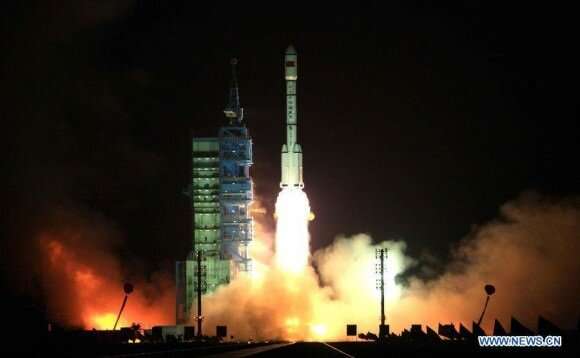This could help pave the way for future parachute landing control technology applications, which could allow for controlled reentry, retrieval, and even reusability.
The system was tested on a CZ-3B rocket that launched from the Xichang Satellite Launch Center on May 17th, carrying a BeiDou-3 G4 navigation satellite into orbit. The system contains an electrical subsystem optimized to reduce its volume and overall weight (30 kg; 66 lbs) to make it more practical. It is also designed to automatically deploy its parafoil at a certain altitude, guiding the booster back to a designated landing area. The integration of this system into the CZ-3 and CZ-5 rocket family should give mission teams more precise control over where spent rocket boosters land and improve security around launch sites.
These concerns are especially important given that most of China's major launch sites are located deep inland, making it more difficult to predict where spent boosters will fall after sending payloads to orbit. In the U.S., major launch facilities are mostly located in coastal areas, such as Cape Canaveral (Florida), SpaceX Starport (Boca Chica, Texas), the Wallops Flight Facility (Virginia), and Vanderburg Air Force Base (California), or remote areas like the New Mexico desert (Spaceport America), and West Texas (Blue Origin's Launch Site One).
In previous statements, CALT researchers have also stated that they intend to make the first stage of the super-heavy Long March-9 (CZ-9) reusable. Chinese state media shared images of the first pieces of the rocket back in March, which included the 10-meter (~33-foot) storage and propellant tanks. A parachute system similar to the one developed by the CALT team could find its way into the second stage of the CZ-9 and possibly the payload fairings, leading to a fully-reusable launch vehicle.
Provided by Universe Today



